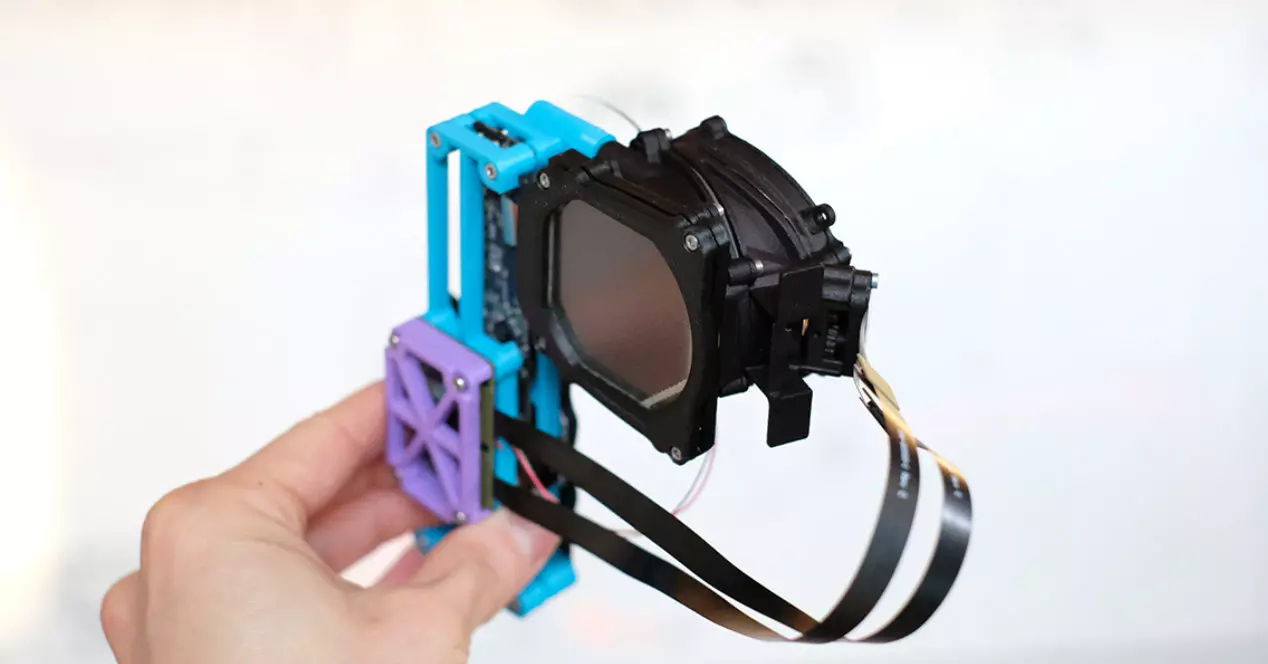
As we told you at the beginning of the week, Qualcomm today unveiled the Snapdragon 8+ Gen 1 SoC, the long-awaited review of the current generation of Qualcomm’s top-of-the-range integrated, the Snapdragon 8 Gen 1. And we could already be on the track, mainly because this has been common in the company for years, which is actually the main unknown it had to do with his name. Many of us also bet on a continuous line hoping that it would be Snapdragon 8 Gen 1+, but the technology has opted for a change in this regard, by placing the + to the left of the generation, instead of to the right.
Cleared up this doubt, which does not have a major impact on the chip but did generate some curiosity in us, it is time to talk about the integrated itself, that is, what we will find inside it and what we can expect from it. And again Qualcomm does not surprise us (in terms of the approach they have taken, I mean), since we find ourselves with the same octa-core Kiro CPU in which the performance ceiling is marked by Cortex-X2. Of course, if in the 8 Gen 1 its maximum speed was 3 gigahertz, in the Snapdragon 8+ Gen 1 it rises to 3.2 gigahertz.
The rest of the cores of the Snapdragon 8+ Gen 1 also improve the speed. Thus, if in the predecessor model the speeds were 3, 2.5 and 1.8 gigahertzin the Snapdragon 8+ Gen they have been raised to 3.2, 2.75 and 2 gigahertz. And the SoC is not the only component that has seen its performance improve, since the same happens with its GPU, which according to data provided by Qualcomm has seen its performance grow by 10% compared to its implementation in the previous version of the integrated .
These improvements do not pose a huge leap in performance, but they do put the focus, despite not explicitly mentioning it, on the weak points that we found in its predecessor, which were a fairly high energy consumption and, as a logical consequence of this, also the generation of higher temperature in the encapsulation, with all the problems that this implies. With the Snapdragon 8+ Gen 1, Qualcomm sticks out its chest by stating that if the jump in performance has been 10%, the improvement in efficiency is quantified in a much more remarkable 30%.
Another novelty is that it takes a leap in connectivity, by adopt Bluetooth 5.3. Let us remember, at this point, that Bluetooth 5.2 is still, for many, the latest generation, but the truth is that in 2022 the first smartphones began to arrive, still few, compatible with this review. Now, with its inclusion in the Snapdragon 8+ Gen 1, we can count on it starting to proliferate in the high-end during the second half of this year.
And it is that, speaking of dates, Qualcomm has announced that the first smartphones with the Snapdragon 8+ Gen 1 will arrive during the third quarter of this year, that is, from July. I admit that this has surprised me a bit, because some of us expected it to be in June, and possibly from the hand of Motorola. Still, we can expect announcements in this regard during the month of June.
There are no more novelties in the Snapdragon 8+ Gen 1 which, as we have already mentioned, maintains much of its predecessor, although it is true that this time Qualcomm has chosen TSMC for its production, despite the fact that its predecessor was the work from Samsung. A) Yes, we are not talking about a new generation, but about the optimization of the existing chipwhen half of the life cycle of the generation is fulfilled.
And although of course, no specific models have been mentioned, Qualcomm has announced that we will find the Snapdragon 8+ Gen 1 in devices from Asus ROG, Black Shark, HONOR, iQOO, Lenovo, Motorola, Nubia, OnePlus, Oppo, OSOM, realme , Red Magic, Redmi, vivo, Xiaomi and ZTE.
More information: Qualcomm




